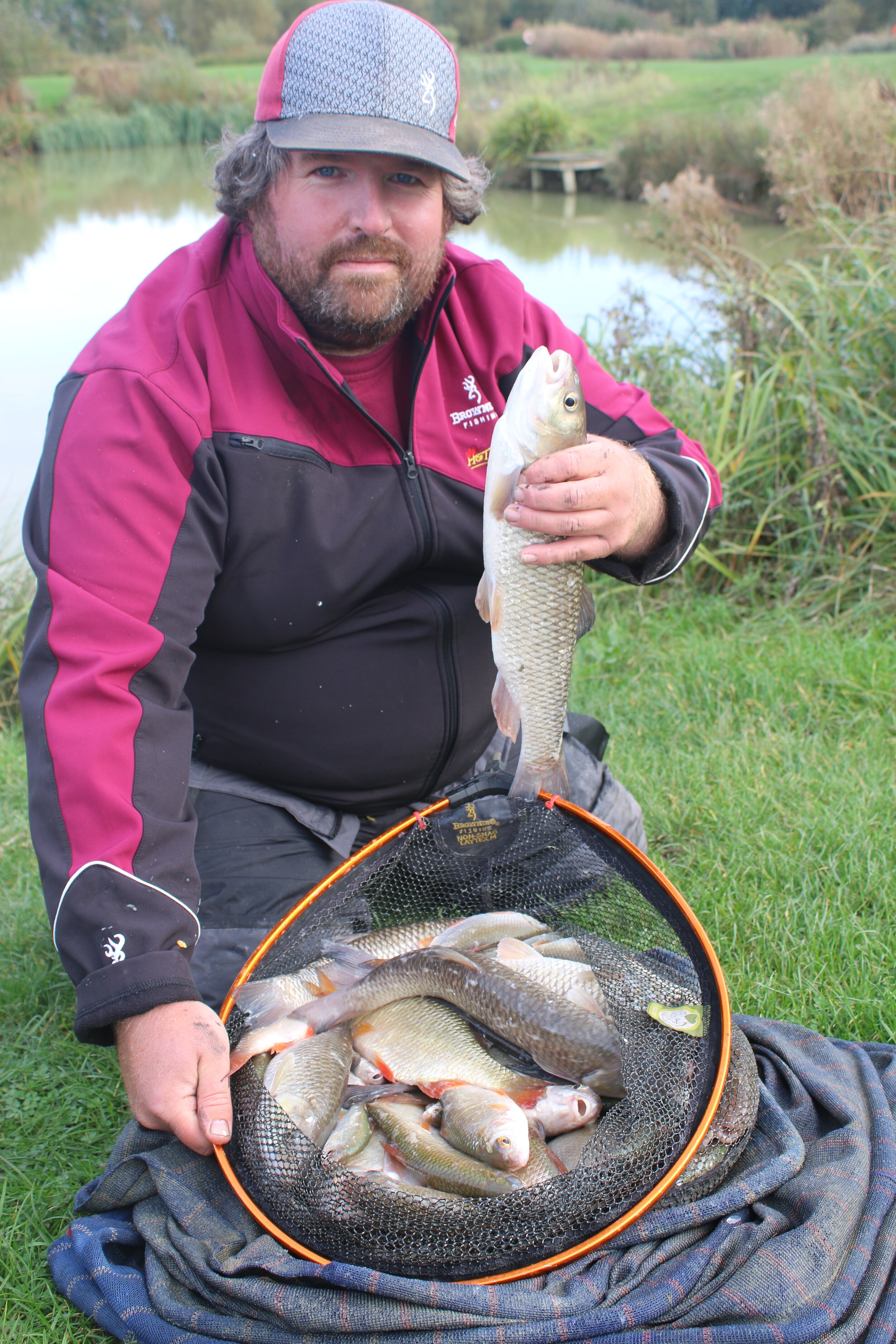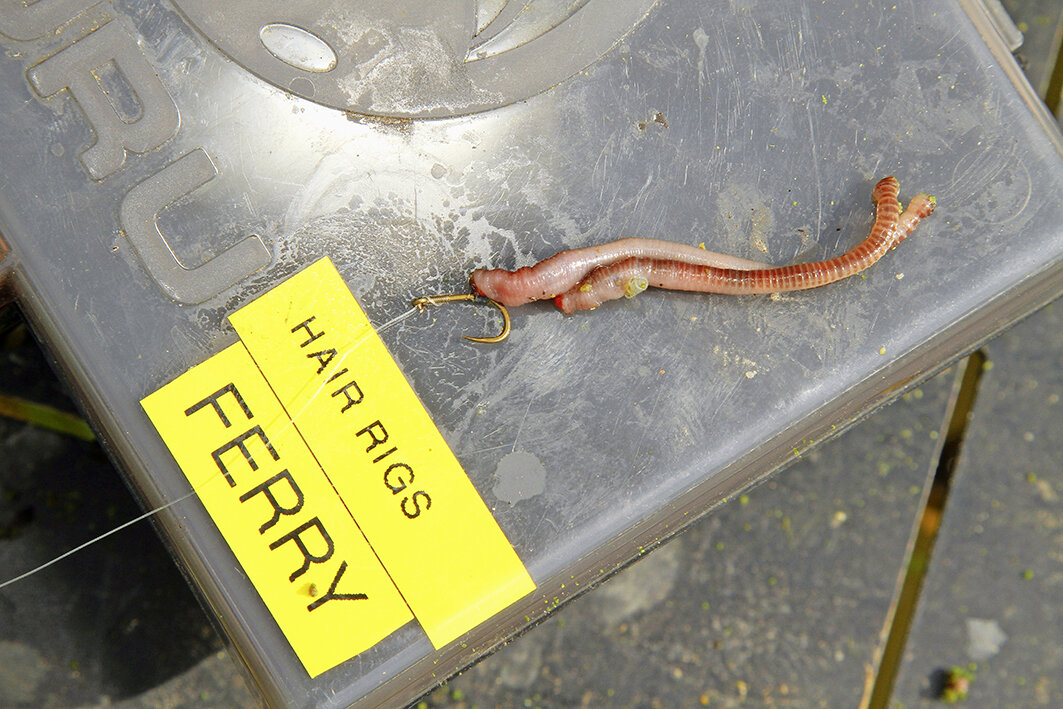Best way to catch a big bream
Gravel pit bream use patrol routes like underwater highways, every so often stopping to graze on beds of tiny invertebrates, driven by the need to find more food to fuel their huge bodies.
A tempting bed of particles carefully placed in the right place with an effective rig ready and waiting, will see you catching every time – says Dynamite Baits specialist Paul Elt.
By following his three-point plan, you too can catch bream you thought were the stuff of dreams…
Step one – Location
After spawning, bream will be looking to fatten up, but this in itself isn’t enough to guarantee success. First you need to locate the shoals.
Paul recommends talking to the locals on the water you’re targeting. Carp anglers in particular – who spend a lot of time on a water – are a great source of information as to where they have been catching bream or seen them rolling.
Once this homework is done you have to get down on the water, have a good look around and seek out signs of fish rolling, bubbling or kicking up silt.
The final stage involves a marker rod. This is one of the most essential elements of an angler’s armoury when fishing large gravel pits and lakes.
Bream follow various patrol routes, following the bottoms of bars and cruising the plateaux like highways. By finding these underwater features and baiting heavily around them, you’re looking to give yourself the best chance of stopping one of the shoals as they move through.
Gravel pits aren’t dug out flat. The diggers exploit the richest seams of gravel in certain areas of the pit. This means that the lakebed resembles a moonscape – holes and depressions, plateaux, bars and gullies – and by using a marker set-up, you can quickly locate these areas and put yourself in a position to take full advantage of them.
It also allows you to locate the ‘clean’ areas. Bream hate weed, and won’t feed over it.
Step two – Feed ’em
A double-figure bream will soon engulf a kilo of pellets, so you need to give them plenty to eat.
Paul’s preferred mix is a bag each of 4mm and 6mm Dynamite Halibut pellets, half a jar of hemp, two or three tins of corn, a bag of Dynamite CSL Spod Mix, and a few crushed Complex-T boilies with a good glug of CSL Liquid.
To kick off his swim, Paul puts in 20-25 Spombs, topping up after every few fish to ensure there is enough food to hold a large shoal.
Then he will place three baited rigs over the loosefeed, ensuring accuracy by measuring the cast with marker sticks.
Over a 10-yard feed area, he will place a rod in the centre and the other two on the edges, so all bases are covered.
Step three – The rig
Bream aren’t rig-shy, and they don’t tend to bolt like carp – so Paul uses a simple helicopter
set-up with a 6ins hooklink.
The heli rig is virtually tangle-free, perfect when casting reasonable distances. The short hooklink means the bream feel the feeder when they right themselves, and self-hook.
It’s really a scaled-down carp rig, with a 2oz open-ended feeder packed with Marine halibut and Frenzied Hemp groundbait, and a 10lb Supplex hooklink to a size 11 hook. Hookbait is either use a trimmed-down Complex-T boilie or a worm and sweetcorn cocktail.
Having Spombed this out, Paul recasts the feeder every 30-40 minutes to refresh the swim without too much disturbance.













